We use "emoji" almost every day. Essential for expressing our feelings on social media and in chats, did you know that these "emoji" actually originated in Japan, created for the internet service "i-mode" on Japanese feature phones (known as "garakei")?
This article introduces the history of how emoji were born in Japan and spread around the world. We’ll also explain the top 5 most popular emoji frequently used in Japan, such as "Pien" and "Sweat", and discuss the differences in how emoji are used overseas.
What Are Emoji? Their Definition and Unique Features

"Emoji" are small graphic icons used within text to visually convey emotions or information. They serve to supplement nuances that are difficult to express with text alone.
As of September 2025, there are about 3,953 emojis registered in Unicod, the international standard for character encoding. This number includes variations that combine gender, skin tone, and more.
Another unique feature of emoji is that they are not just decorative—they are defined as "characters," just like hiragana or English letters. That’s why when you send a "❤ (heart)" emoji from your iPhone, it appears as the same emoji with the same meaning on an Android user’s screen or on a Windows PC, without any garbled text or display errors.
Emoji Originated in Japan: The History of Their Birth from the Mobile Service "i-mode"
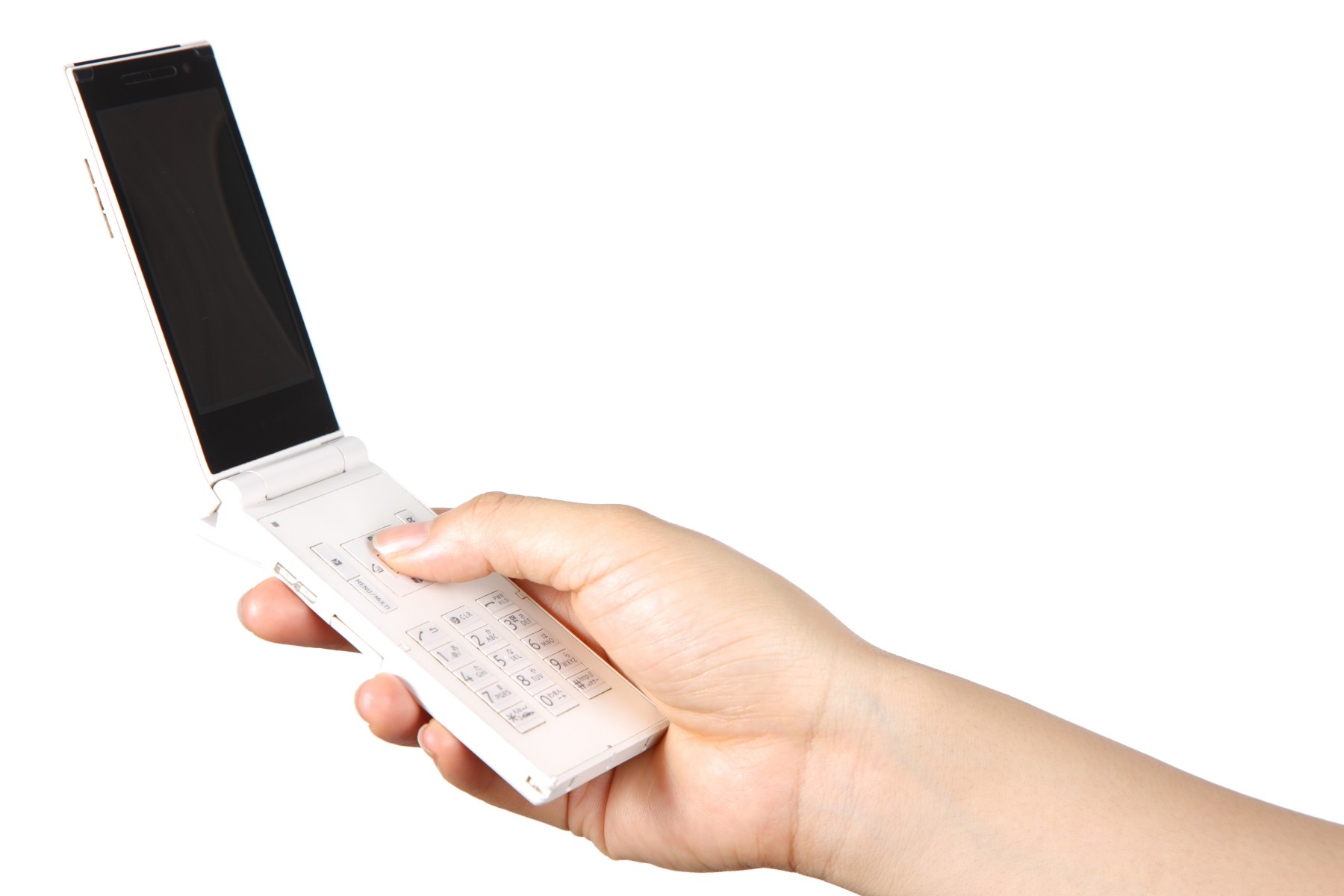
The emoji we now use so naturally in SNS and chats actually originated from Japanese mobile phones.
It all began in 1999, with the development of "i-mode," an internet service for feature phones (garakei) launched by NTT DOCOMO.
The World’s First 176 Emoji, Recognized by MoMA

The creator of emoji was Shigetaka Kurita, who was in charge of planning and development for i-mode at the time. Kurita’s inspiration for emoji came from his observations during the era of pagers.
👉[Related Article] Learn About Pagers (pocket pagers)
Back then, pagers could only use a handful of symbols like "¥" or "♥", and it wasn’t possible to express feelings as richly as we do now with emoji.
Have you ever had the experience where a message you intended to be brief came across as cold, or you couldn’t quite grasp the true meaning of a message you received?
One day, Kurita saw a message with a "♥" at the end and realized that just a single heart mark could make the entire message feel more positive.
It is said that people tend to focus more on the emotional nuance behind information than on the text itself. In this case, the emotion conveyed by the "♥" had a positive effect.
Inspired by these insights, Kurita devised emoji to express not only "emotions" that are hard to convey with text alone, but also to simplify the expression of "information" such as vehicles, food, and buildings. This led to the creation of the world’s first 176 emojis.
These 176 original emojis were later selected as part of the permanent collection at the Museum of Modern Art (MoMA) in New York, and are highly regarded worldwide as a form of digital expression originating from Japan.
The Role of Emoji Culture in Japanese Business Scenes

Emojis, which originated in Japan, are now actively used not only in private exchanges but also in business settings.
According to a survey released by the Online Communication Association, when asked, "Do you use emojis or kaomoji in text communication such as chat or email at work?" 78.4% responded that they do use them.
The reasons given include:
"Because it makes it easier to convey emotions and subtle nuances" (52.9%)
"Without emojis or kaomoji, messages can come across as scary or angry" (51.7%)
"It reduces the time spent typing, improving productivity" (48.3%)
These responses show that emojis are used to smooth human relationships and improve work efficiency.
[Latest] Top 5 Most Used Emojis in Japan (Pien, Sweat, etc.)

So, which emojis are actually most commonly used in Japan? Baidu announced emoji usage trends in 16 countries around the world to coincide with "World Emoji Day" on July 17.
As a result, the top 5 most used emojis in Japan in the first half of 2025 are as follows:
1st place: 😭 (Loudly Crying Face)
2nd place: 💦 (Sweat, Nervous Sweat)
3rd place: ‼️ (Double Exclamation Mark)
4th place: 🤣 (Rolling on the Floor Laughing)
5th place: 🥺 (Pien, Pleading Face)
The most used emoji in Japan was "😭 (Loudly Crying Face)". At first glance, this emoji may seem negative, but in reality, it is often used in positive contexts such as "tears of joy" or "deeply moved".
Additionally, emojis like "💦 (Sweat, Nervous Sweat)" and "‼️ (Double Exclamation Mark)" also ranked highly, reflecting the unique Japanese communication culture that places importance on "empathy" and "consideration".
Did You Know? Differences in Emoji Usage and Meaning Between Japan and Overseas
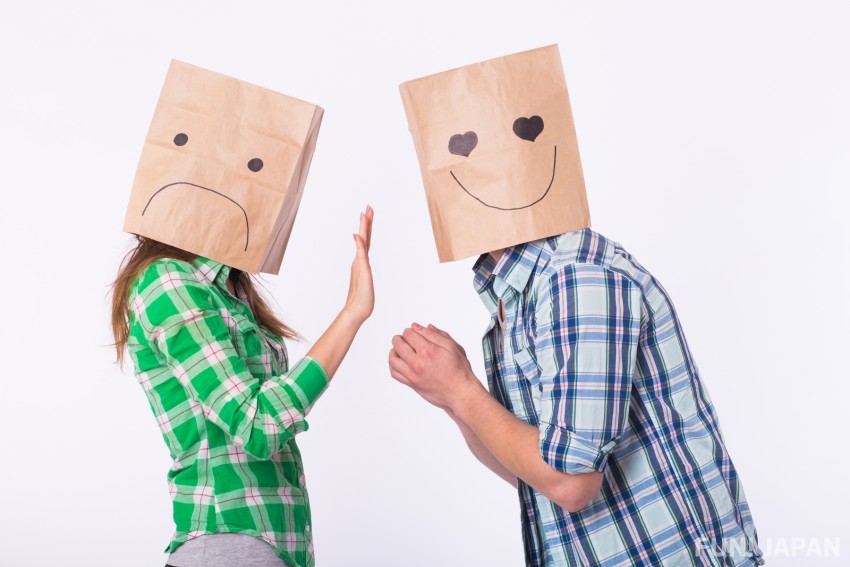
Although emojis have become a universal language, their meanings can actually differ depending on the country or culture. Sometimes, an emoji used casually in Japan can be interpreted with a completely different meaning overseas.
Here, we introduce five representative emojis whose usage differs between Japan and other countries.
1. 🙄 (Face with Rolling Eyes): Thinking? Or Annoyed?
In Japan, this emoji is often used when someone is thinking, as in "Hmm...🙄" or "What should I do...🙄".
However, overseas, this emoji is generally used with negative connotations such as "annoyed" or "fed up." Depending on who you use it with, it can be misunderstood, so it's an emoji you need to be careful with.
②🙏 (Prayer) – A Request? High Five?
In Japan, this emoji is often used in situations of apology or making a request, such as "Sorry 🙏" or "Please 🙏".
On the other hand, overseas, it is used in its original meaning of "prayer," and some people even interpret it as a "high five" emoji.
③🙇♀️ (Person Bowing) – Apology? Working Out?
In Japan, this emoji is frequently used to express apology or gratitude, such as "I'm sorry 🙇♀️" or "Thank you 🙇♀️".
However, overseas, it can be interpreted as "a person thinking" or, surprisingly, "someone working out."
While this emoji looks like a deep bow, similar to a "dogeza" (a deep, apologetic bow) to Japanese people, it can give a completely different impression depending on the country.
④🙆♀️ (Person Making an OK Gesture) – OK? Ballerina?
In Japan, this emoji is often used in positive situations to mean "OK," such as "That's fine 🙆♀️" or "No problem 🙆♀️." However, overseas, some people say, "I don't know what pose this is." there are even people who interpret it as a "ballerina."
Since it's a gesture often seen in Japan, you might think it has a universal meaning, but it could be one of those emojis that surprisingly doesn't get across.
⑤😇 (Smiling Face with Halo) – Owata? Angel?
In Japan, this emoji is often seen in the phrase "Owata 😇," which humorously expresses a hopeless situation like "It's over" or "I'm done for."
However, overseas, it is used as a positive symbol meaning an angel or a good person.
"Owata 😇" is a usage born from Japan's unique internet slang culture, so it might leave people overseas wondering what it means.
FUN! JAPAN Staff Put It to the Test! Real-Life Emoji Usage Comparison
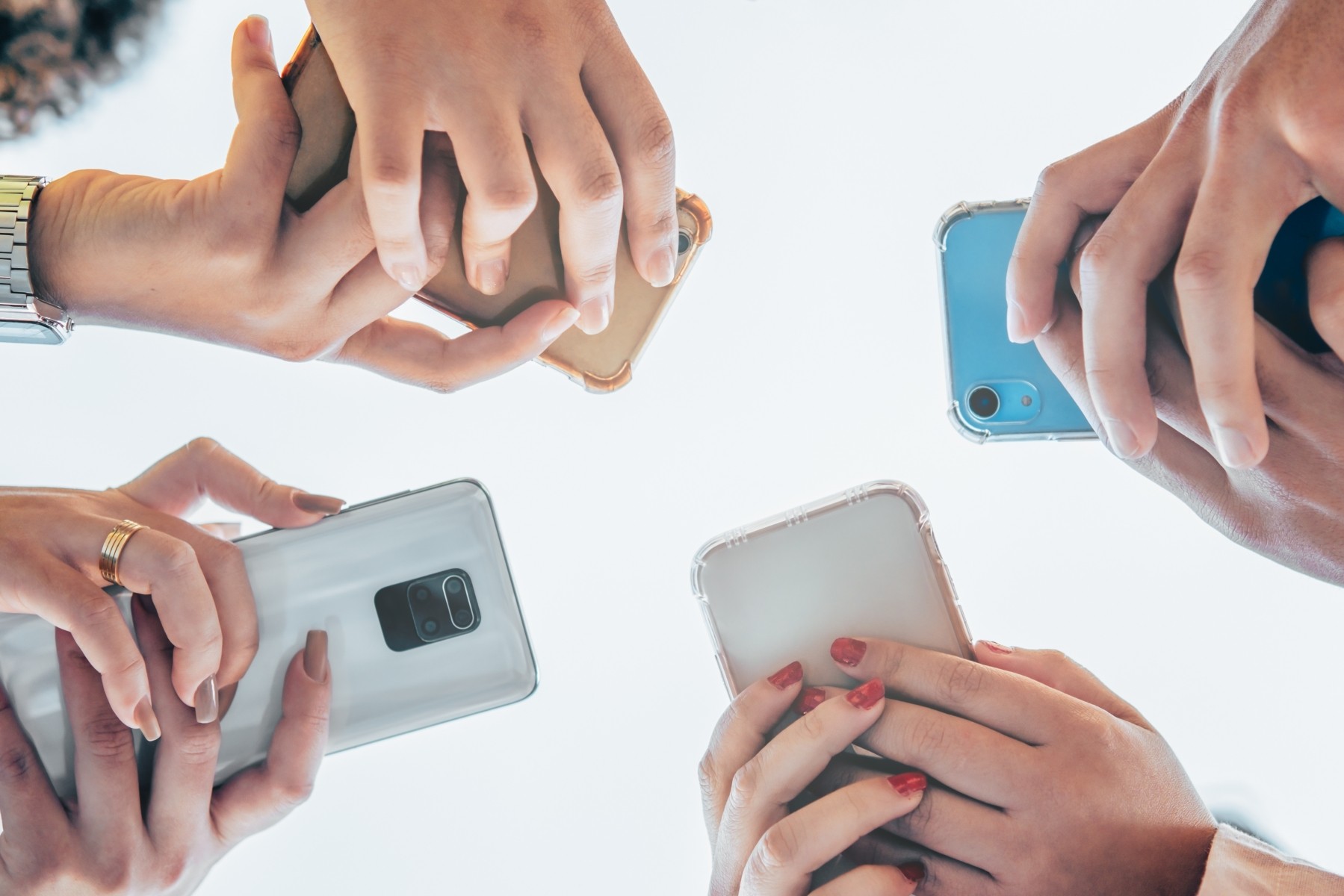
Finally, to find out how emojis are actually used, we asked both Japanese and international staff at FUN! JAPAN to freely add emojis to the same sample sentences.
The sentences they added emojis to are as follows:
Case ①: Situation Between Friends
Sorry. I missed the train, so I'll be a little late. I'll run over as soon as I get to the station!
Case ②: Conversation Between Colleagues in a Business Scene
A: I have a small favor to ask. Could you put together this document by the end of this week?
B: Understood.
A: Thank you very much. I appreciate it.
B: The document is ready.
A: Thank you for organizing it so nicely! It was a huge help!
Japanese Staff ①: Female, 20s
Case ①
A: Sorry 🙇♀️ I missed the train, so I'll be a little late. I'll run over as soon as I get to the station!
Case ②
A: I have a small favor to ask. Could you put together this document by the end of this week? 🙇♀️
B: Understood 🙆♀️
A: Thank you very much. I appreciate it.
B: The document is ready.
A: Thank you for organizing it so nicely 🙇♀️ It was a huge help! 😭
Japanese Staff ②: Male, 30s
Case ①
A: Sorry. I missed the train, so I'll be a little late 🙏 I'll run over as soon as I get to the station! 🙇♂️
Case ②
A: I have a small favor to ask—could you please put together this document by the end of this week? 🥺
B: Understood! 🙆♂️
A: Thank you so much. I appreciate it! 🙏
B: The document is ready! ✌️
A: Thank you for organizing it so neatly! That was a huge help! 🙇♂️
International Staff ①: Female, 30s
Case ①
A: Sorry. 🙇♀️🙇♀️🙇♀️ I missed my train, so I’ll be a little late. 😭 I’ll run over as soon as I get to the station! 💪
Case ②
A: I have a small favor to ask—could you please put together this document by the end of this week? 🙏
B: Understood! 👌
A: Thank you so much. I appreciate it.
B: The document is ready.
A: Thank you for organizing it so neatly! That was a huge help! 🙏
International Staff ②: Male, 30s
Case ①
A: Sorry‼️ I missed my train, so I’ll be a little late. 🥹 I’ll dash over as soon as I get to the station! 💨
Case ②
A: I have a small favor to ask—could you please put together this document by the end of this week? 🥺🙏
B: Understood! 👌
A: Thank you so much. I appreciate it. 😊
B: The document is ready! ✌️
A: Thank you for organizing it so neatly! 😳 That was a huge help! 🙌
Cultural and Communication Style Differences Revealed Through Emojis
When you compare these examples, you’ll notice that Japanese staff tend to use the “🙇♀️ (person bowing)” emoji frequently. It’s often used not only to apologize, but also to express “politeness” or “consideration.”
On the other hand, international staff tend to use the “👌 (OK sign)” emoji to indicate “OK,” rather than the “🙆♀️ (person making an OK gesture),” which is an interesting difference in expression.
Emojis are not just symbols—they reflect the culture and communication style of each country, just like language does. Learning about the different ways emojis are used and what they mean can be a great way to deepen your understanding of other cultures.
We encourage you to observe how emojis are used, using this article as a reference, and use that as a hint to get to know the people you’re communicating with better.
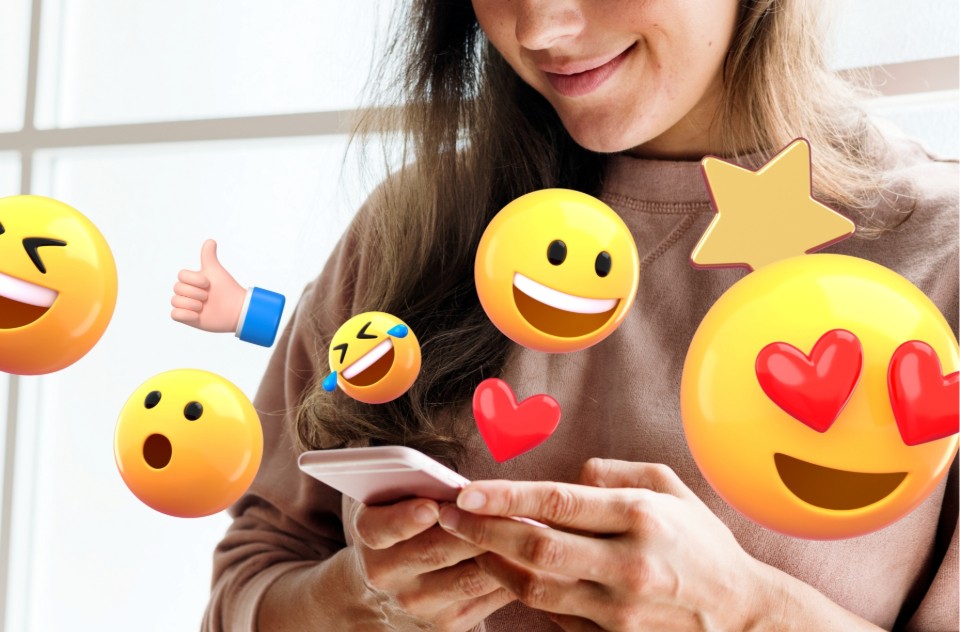
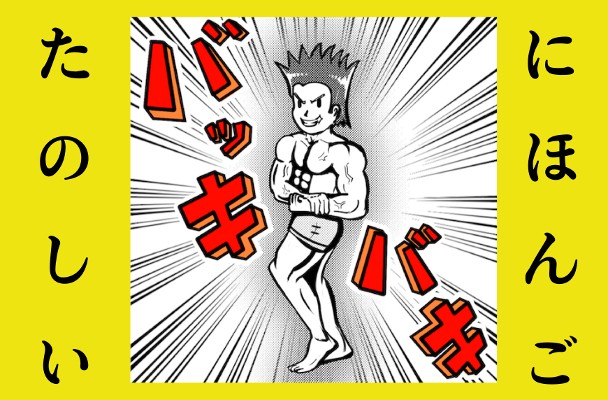
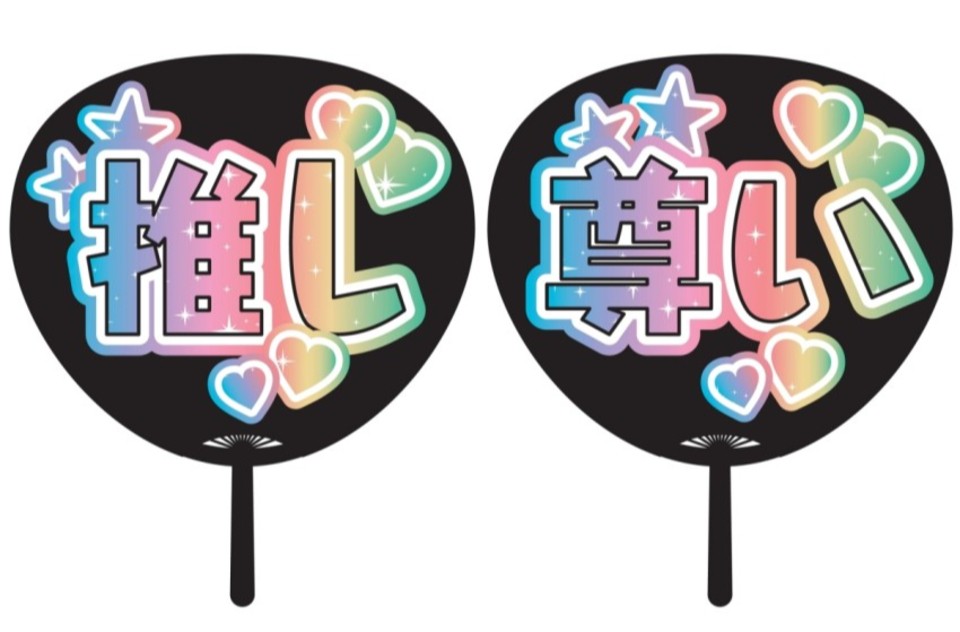

Comments